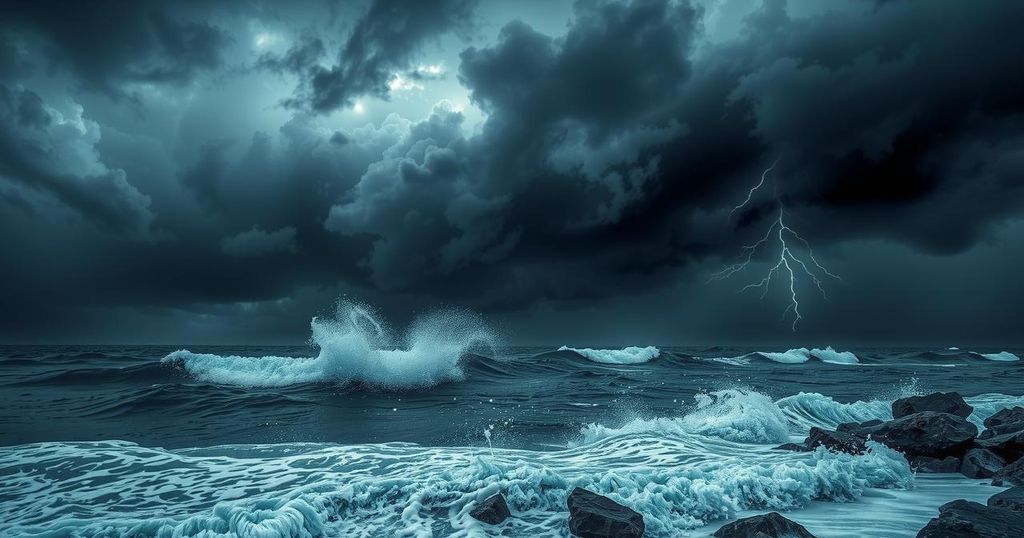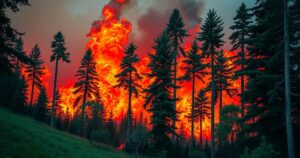Tropical Cyclone Zelia: A Major Threat to Western Australia

Tropical Cyclone Zelia threatens Western Australia, with landfall expected on Friday evening. It poses significant risks with winds up to 205 km/h and gusts at 290 km/h. This category five cyclone may cause widespread destruction, prompting discussions about a potential category six due to climate change influences linking to increased cyclone intensity.
Severe Tropical Cyclone Zelia is poised to impact the northwest coast of Australia, with an expected landfall on Friday evening. This storm poses a serious threat to Western Australia, particularly Port Hedland, the region’s largest town and busiest iron ore export port. Strong winds may also reach areas such as Marble Bar, Tom Price, and Paraburdoo, resulting in widespread concern.
The Bureau of Meteorology anticipates extremely dangerous sustained winds nearing 205 kilometers per hour, with gusts possibly exceeding 290 kilometers per hour. Such conditions can lead to substantial destruction of homes, infrastructure, trees, and power lines. Classified as a category five cyclone, Zelia is among the most severe types, but with climate change intensifying storms, discussions are emerging about a potential category six.
Tropical cyclones globally are classified into categories from 1 (weakest) to 5 (strongest), with category five cyclones causing extensive damage and featuring maximum wind speeds greater than 200 kilometers per hour. With climate change, scientists suggest that cyclones may be becoming more intense and could warrant an additional category to accurately reflect the rising risks.
While it is not conclusively established that Cyclone Zelia is a direct consequence of climate change, studies over the past three decades show a correlation between global warming and increasing cyclone intensity. The global climate has warmed significantly, enhancing ocean heat content, which fuels the development of more powerful cyclones, as witnessed with Zelia, which escalated from category one to five within just over a day.
Australia is currently facing record sea surface temperatures, particularly off the northwest coast, which exceed normal levels by 4-5°C during the summer. Similarly, Hurricane Milton, which struck the United States, illustrates the effects of climate change, as it too rapidly intensified under warm ocean conditions. Expecting a rise in severe cyclones is crucial if global temperatures continue to rise.
Climate change is proving to slow the movement of tropical cyclones, meaning they linger longer over affected areas, thereby prolonging the damaging effects of wind, storm surge, and rainfall. Cyclone Zelia is presently moving at a rather slow pace of 11 kilometers per hour, indicating prolonged exposure to strong winds and heavy rainfall in impacted regions.
Currently, Port Hedland is experiencing winds of approximately 70-100 kilometers per hour, which signals the beginning of severe weather conditions. The cyclone has already resulted in significant rainfall, leading to local flooding and disruptions in rail services, with more adverse weather expected. A significant storm tide warning has also been issued, which could result in extensive coastal flooding.
In summary, Tropical Cyclone Zelia is a formidable storm expected to impact Western Australia, particularly Port Hedland, with the potential for catastrophic winds and flooding. Climate change’s role in intensifying cyclones raises questions about the adequacy of categorization systems, underscoring the need for heightened awareness and preparedness in the face of evolving storm patterns. Authorities encourage residents to stay updated through the Bureau of Meteorology and related emergency services.
Original Source: theconversation.com







